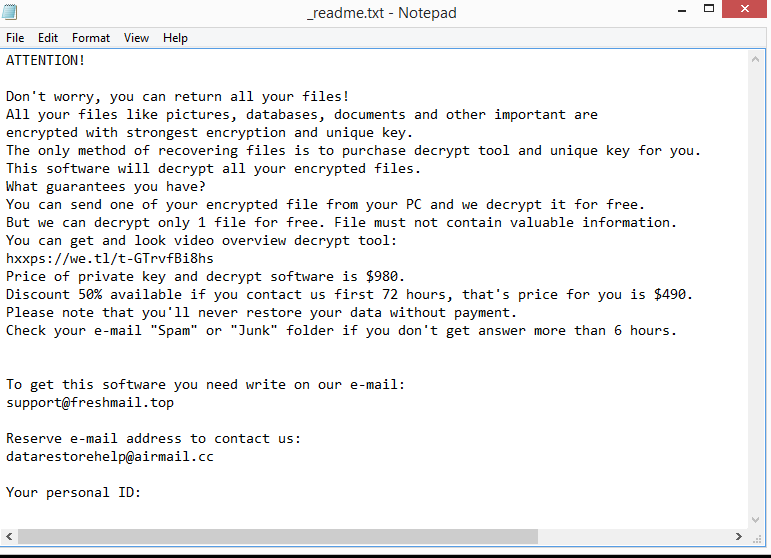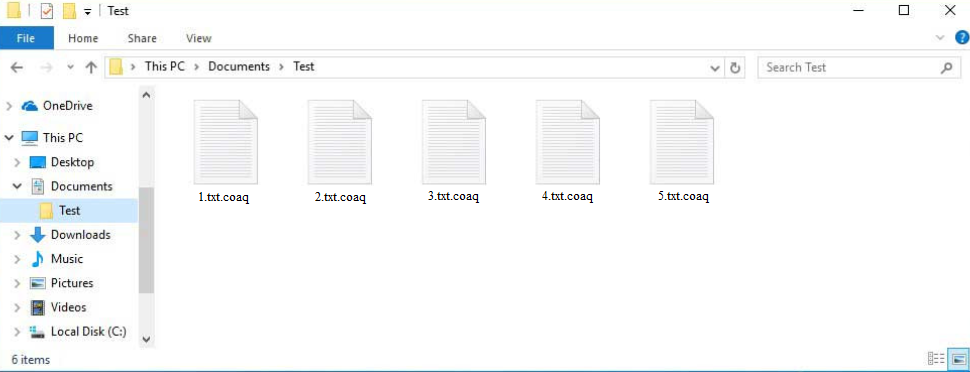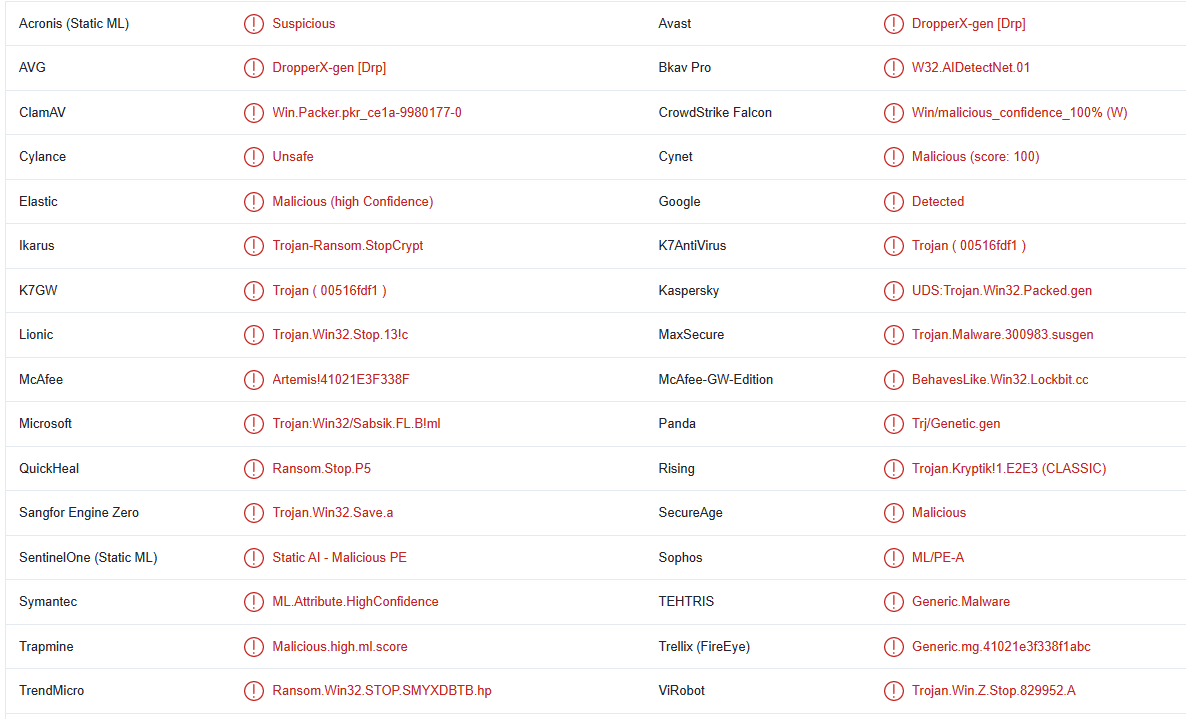Coaq ransomware or .coaq virus is file-encrypting malicious software from the Djvu/STOP malware family. The cybercriminals behind this malware family release new versions on a regular basis, and Coaq is one of the more recent ones. While most of the versions are more or less identical, they are all equally dangerous. The ransomware targets personal files and encrypted ones can be recognized by the .coaq extension added to them. The ransomware wants $980 for a decryptor to recover files but paying is not recommended. Users who have backups can recover files with no issues, but those without will face many problems.
Although all ransomware in this family of malware is essentially the same, you can tell the versions apart by the extensions they add to encrypted files. This version adds .coaq, which is why it is dubbed Coaq ransomware. For example, an image.jpg file would become image.jpg.coaq when encrypted by this ransomware. All personal files, such as photos, images, videos, documents, etc., will be targeted by this ransomware. Once the files have been encrypted, you will need to use a decryptor on them in order to open them. The process of acquiring the decryptor is explained in the _readme.txt ransom note that is dropped in folders that have encrypted files.
To divert users’ attention while their files are being encrypted, the ransomware shows a fake Windows update window. Once the encryption process is finished, you will find _readme.txt ransom notes. The note explains that the decryptor costs $980 but victims who make contact within the first 72 hours will get a 50% discount. The note also mentions that victims can recover one file for free if it does not have any important content.
If you’re considering paying the ransom, regardless of whether the discount part is true, you should be aware of the risks. The main danger is that you might not necessarily get the decryptor. There are no guarantees that you will actually receive the decryptor from the malware operators given that you are dealing with cyber criminals. They probably won’t feel any kind of obligation to assist you. Also, the ransom money would be used for future illegal activity. It’s also worth mentioning that the ransomware industry will continue to prosper as long as victims continue to pay the demanded ransom. Even though the choice is ultimately yours, it’s necessary to inform you of the risks.
You shouldn’t experience any problems with file recovery if you have a habit of frequently backing up your files and have copies saved in a backup. However, you must first ensure that you remove Coaq ransomware from your computer. You shouldn’t access your backup until the ransomware is completely gone. When you connect to your backup, if the ransomware is still active, your backed-up file will also be encrypted. And it’s safest not to mention easiest to use anti-virus software to delete Coaq ransomware.
Users without backups will have much more trouble recovering their files. Their only option is to wait until a free decryptor is made available. However, because this ransomware uses online keys to encrypt files, developing a free decryptor is very difficult for malware researchers. Unless those keys are released by the cybercriminals themselves, a free decryptor is not very likely. There is a free Djvu/STOP decryptor by Emsisoft but it’s not likely to work on newer Djvu versions like Coaq ransomware. It’s worth a try, however. If you’re planning on waiting for a free Coaq ransomware decryptor to be released, back up the encrypted files and occasionally check NoMoreRansom for a decryptor.
How is ransomware distributed?
Malware infections are typically significantly more likely to be acquired by users with poor browsing habits. For example, such users are more likely to open unsolicited email attachments that could contain malware, torrent copyrighted content, click on random links, etc. Taking the time to develop better habits can help avoid quite a lot of malware in the future.
One of the most popular ways that cybercriminals try to spread their malware is through infected email attachments. They buy email addresses from many hacker forums, write a message that is only somewhat convincing, and attach a malicious file. After the file is opened, the malware begins to operate and starts carrying out its preprogrammed tasks. Malicious emails, fortunately, are typically extremely easy to recognize. They use words like “User,” “Member,” and “Customer” to address users, for example. The types of emails that cybercriminals try to impersonate would normally use users’ names to address them so it’s quite obvious when an email is malicious. They are also rife with grammar/spelling mistakes. You should be able to identify malicious emails right away as long as you pay attention when dealing with unsolicited emails. It’s a good idea to scan any unsolicited email attachments with anti-malware software or VirusTotal because some emails can be considerably more sophisticated than others.
Malicious actors also frequently use torrents to spread malware. In case you were not aware, torrent websites are notoriously poorly regulated, making it simple for cybercriminals to upload malicious content. Torrents for well-known movies, TV shows, video games, software, etc. frequently contain malware. Torrenting is risky for your computer and your data, and it’s also essentially content theft. Users are strongly discouraged from using torrents to pirate because of this.
How to remove Coaq ransomware
We do not recommend you try to manually remove Coaq ransomware because you can end up causing more harm. Using anti-virus software is recommended because this malware infection is quite complicated. You can access your backup to start the file recovery process as soon as the anti-virus program has eliminated the infection from your computer. Don’t try to connect to your backup until then because it can result in encrypted backup files.
Coaq ransomware is detected as:
- DropperX-gen [Drp] by AVG/Avast
- Artemis!41021E3F338F by McAfee
- Trojan:Win32/Sabsik.FL.B!ml by Microsoft
- Ransom.Win32.STOP.SMYXDBTB.hp by TrendMicro
- UDS:Trojan.Win32.Packed.gen by Kaspersky
Offers
Download Removal Toolto scan for Coaq ransomwareUse our recommended removal tool to scan for Coaq ransomware. Trial version of provides detection of computer threats like Coaq ransomware and assists in its removal for FREE. You can delete detected registry entries, files and processes yourself or purchase a full version.
More information about SpyWarrior and Uninstall Instructions. Please review SpyWarrior EULA and Privacy Policy. SpyWarrior scanner is free. If it detects a malware, purchase its full version to remove it.

WiperSoft Review Details WiperSoft (www.wipersoft.com) is a security tool that provides real-time security from potential threats. Nowadays, many users tend to download free software from the Intern ...
Download|more


Is MacKeeper a virus? MacKeeper is not a virus, nor is it a scam. While there are various opinions about the program on the Internet, a lot of the people who so notoriously hate the program have neve ...
Download|more


While the creators of MalwareBytes anti-malware have not been in this business for long time, they make up for it with their enthusiastic approach. Statistic from such websites like CNET shows that th ...
Download|more
Quick Menu
Step 1. Delete Coaq ransomware using Safe Mode with Networking.
Remove Coaq ransomware from Windows 7/Windows Vista/Windows XP
- Click on Start and select Shutdown.
- Choose Restart and click OK.

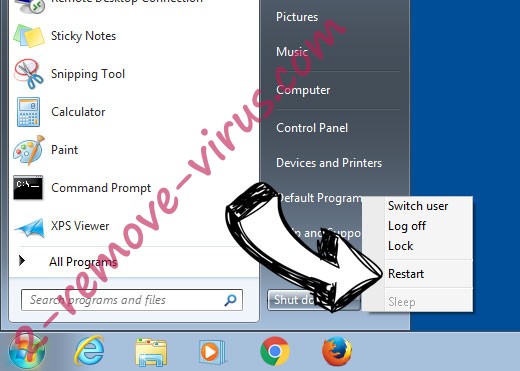
- Start tapping F8 when your PC starts loading.
- Under Advanced Boot Options, choose Safe Mode with Networking.

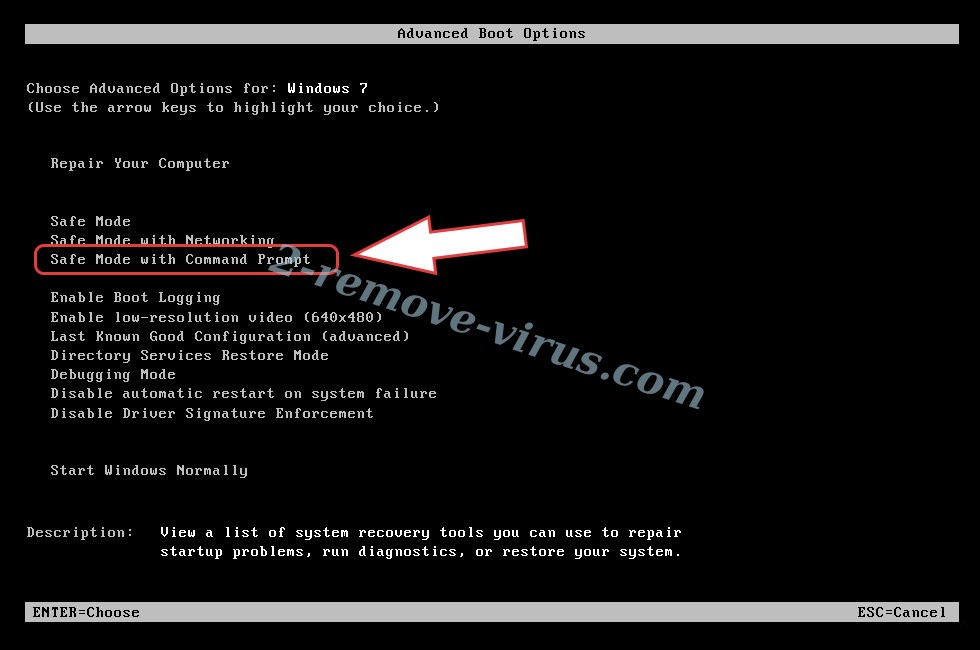
- Open your browser and download the anti-malware utility.
- Use the utility to remove Coaq ransomware
Remove Coaq ransomware from Windows 8/Windows 10
- On the Windows login screen, press the Power button.
- Tap and hold Shift and select Restart.

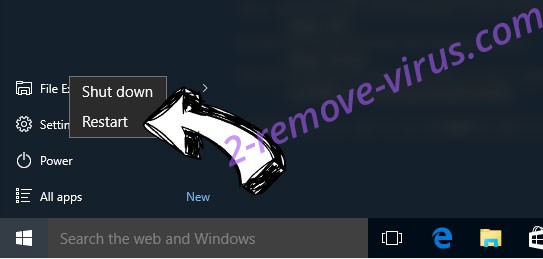
- Go to Troubleshoot → Advanced options → Start Settings.
- Choose Enable Safe Mode or Safe Mode with Networking under Startup Settings.

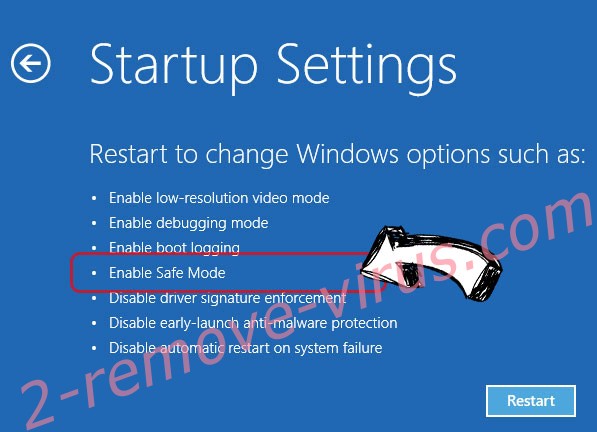
- Click Restart.
- Open your web browser and download the malware remover.
- Use the software to delete Coaq ransomware
Step 2. Restore Your Files using System Restore
Delete Coaq ransomware from Windows 7/Windows Vista/Windows XP
- Click Start and choose Shutdown.
- Select Restart and OK


- When your PC starts loading, press F8 repeatedly to open Advanced Boot Options
- Choose Command Prompt from the list.

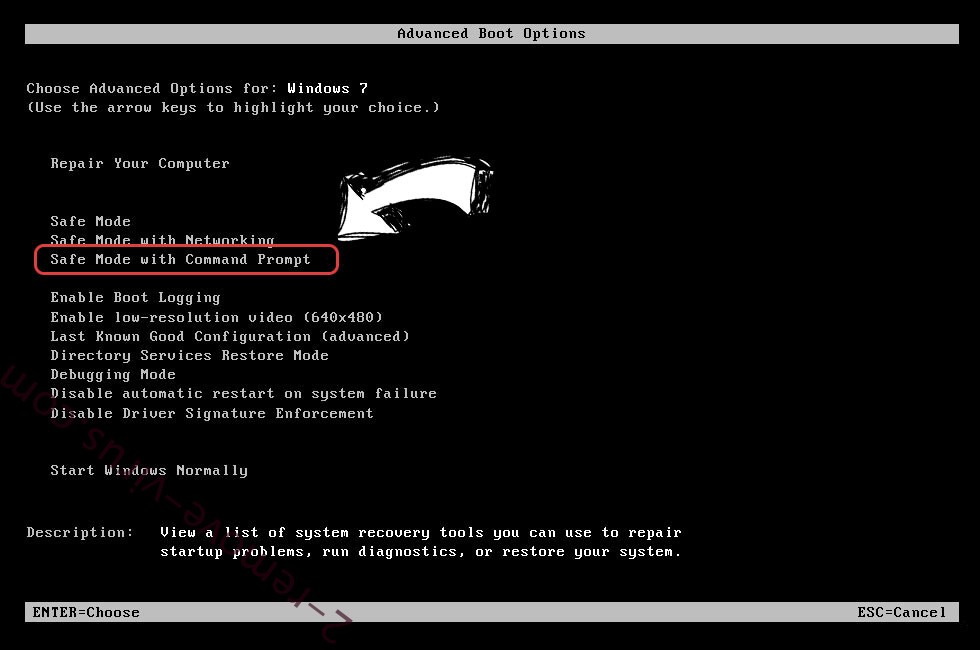
- Type in cd restore and tap Enter.

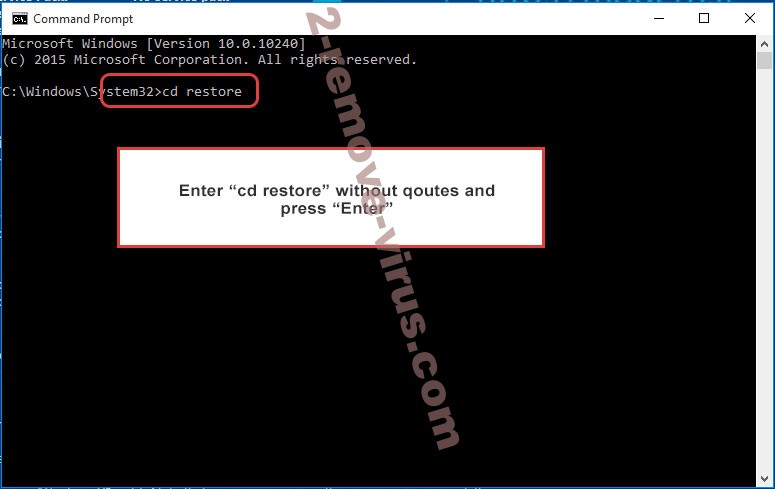
- Type in rstrui.exe and press Enter.

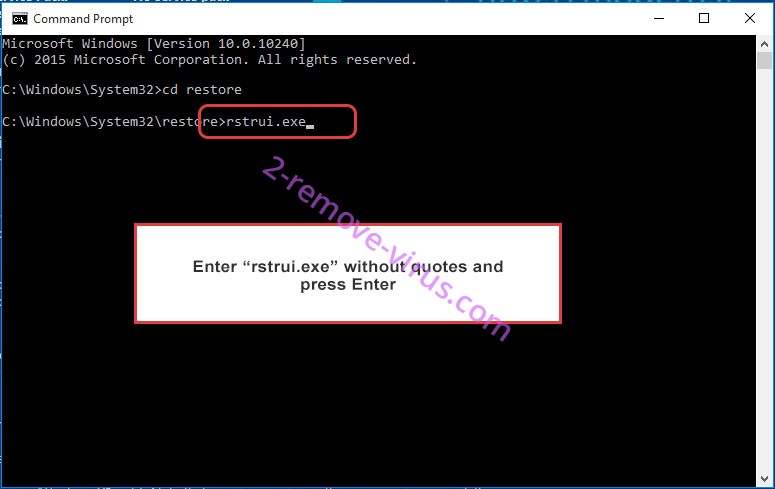
- Click Next in the new window and select the restore point prior to the infection.

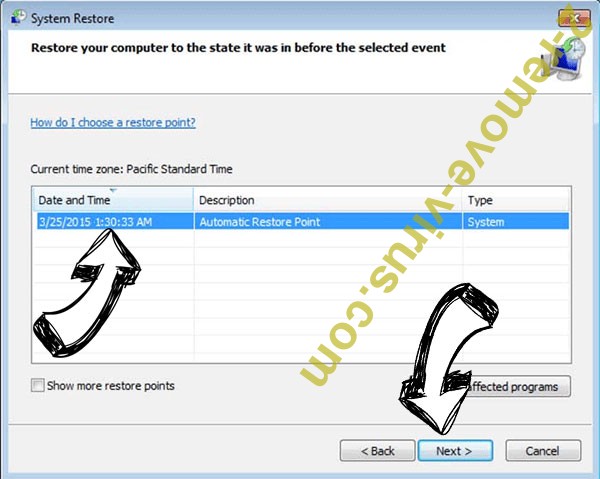
- Click Next again and click Yes to begin the system restore.

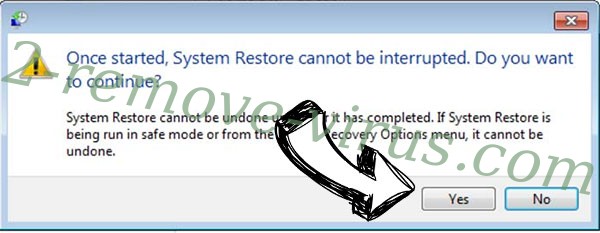
Delete Coaq ransomware from Windows 8/Windows 10
- Click the Power button on the Windows login screen.
- Press and hold Shift and click Restart.


- Choose Troubleshoot and go to Advanced options.
- Select Command Prompt and click Restart.

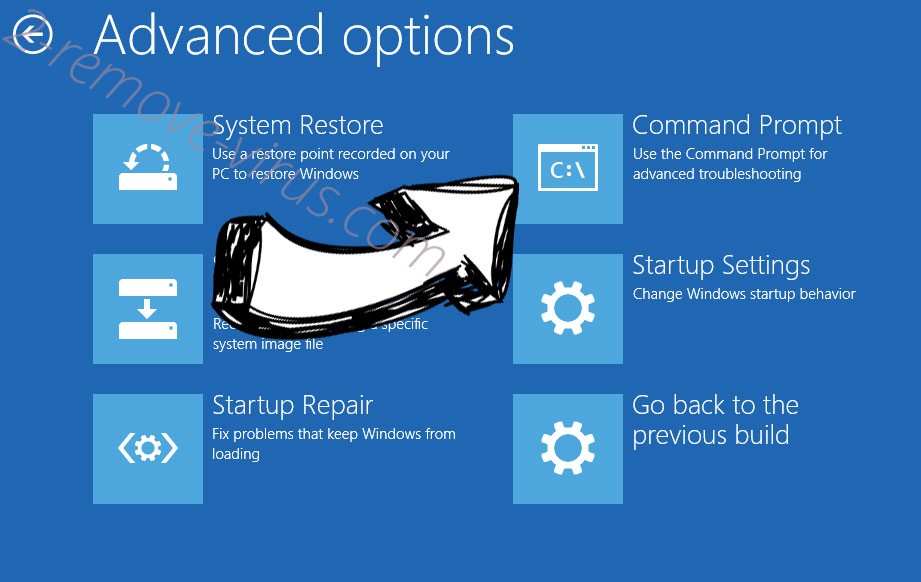
- In Command Prompt, input cd restore and tap Enter.


- Type in rstrui.exe and tap Enter again.


- Click Next in the new System Restore window.

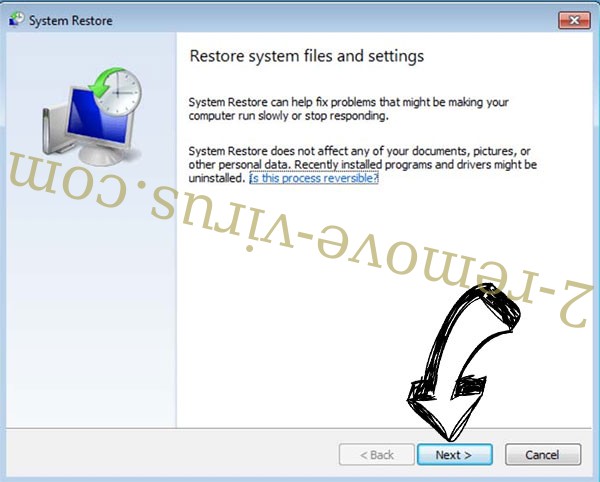
- Choose the restore point prior to the infection.


- Click Next and then click Yes to restore your system.


Site Disclaimer
2-remove-virus.com is not sponsored, owned, affiliated, or linked to malware developers or distributors that are referenced in this article. The article does not promote or endorse any type of malware. We aim at providing useful information that will help computer users to detect and eliminate the unwanted malicious programs from their computers. This can be done manually by following the instructions presented in the article or automatically by implementing the suggested anti-malware tools.
The article is only meant to be used for educational purposes. If you follow the instructions given in the article, you agree to be contracted by the disclaimer. We do not guarantee that the artcile will present you with a solution that removes the malign threats completely. Malware changes constantly, which is why, in some cases, it may be difficult to clean the computer fully by using only the manual removal instructions.
